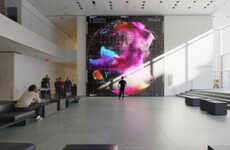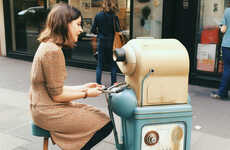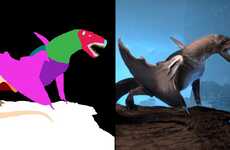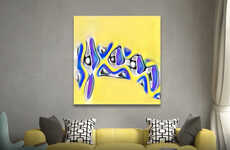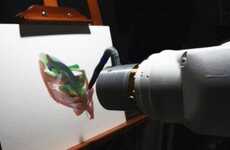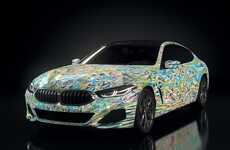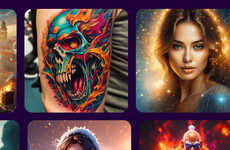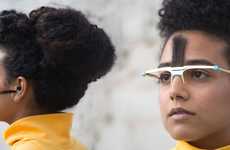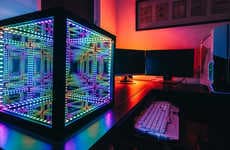
Mario Klingemann Makes Artworks Through Intricate Computer Algorithms
References: enter.lumenprize & designtaxi
Google's in-house 'neurographer' Mario Klingemann produces engaging abstract AI portraits through the use of connected generative adversarial neural networks (GANs). The initial GAN is "a painterly-looking low-resolution proto-image." The artist superimposes and upscales this base by another GAN until an acceptable presentation is achieved — one that has a high resolution and offers visual details and textures. Mario Klingemann is in control of the process and utilizes machine learning. The resulting AI portraits are hauntingly beautiful, offering a somewhat grotesque presentation of the human body from the point of view of a computer.
In 2018, Mario Klingemann's 'The Butcher's Son' — a nude AI portrait received "first global art prize for its kind at the 7th Annual Lumen Prize Awards Ceremony."
In 2018, Mario Klingemann's 'The Butcher's Son' — a nude AI portrait received "first global art prize for its kind at the 7th Annual Lumen Prize Awards Ceremony."
Trend Themes
1. Generative Adversarial Neural Networks (GAN) - Businesses can explore using GANs to produce engaging artworks with intricate algorithms like Mario Klingemann.
2. AI Portraits - The production of highly defined AI portraits allows businesses to provide unique offerings for the art market.
3. Neurographer - Companies can expand into neurographics to diversify their offerings and processes, like Google's Mario Klingemann.
Industry Implications
1. Artificial Intelligence - Enterprises in AI can adopt the use of algorithms to produce unique and stunning artwork like the AI portraits of Mario Klingemann.
2. Art - Art markets can explore the offering of AI portraits, like the art prize-winning 'The Butcher's Son' by Mario Klingemann.
3. Technology - Innovation in technology can create opportunities for neurographics and algorithm creations, like Google's Mario Klingemann is doing with AI portraits.
6.4
Score
Popularity
Activity
Freshness

